
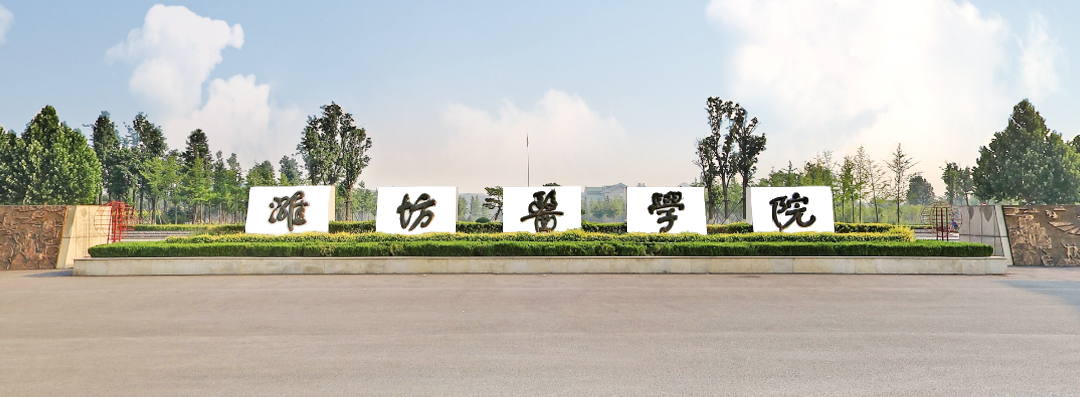
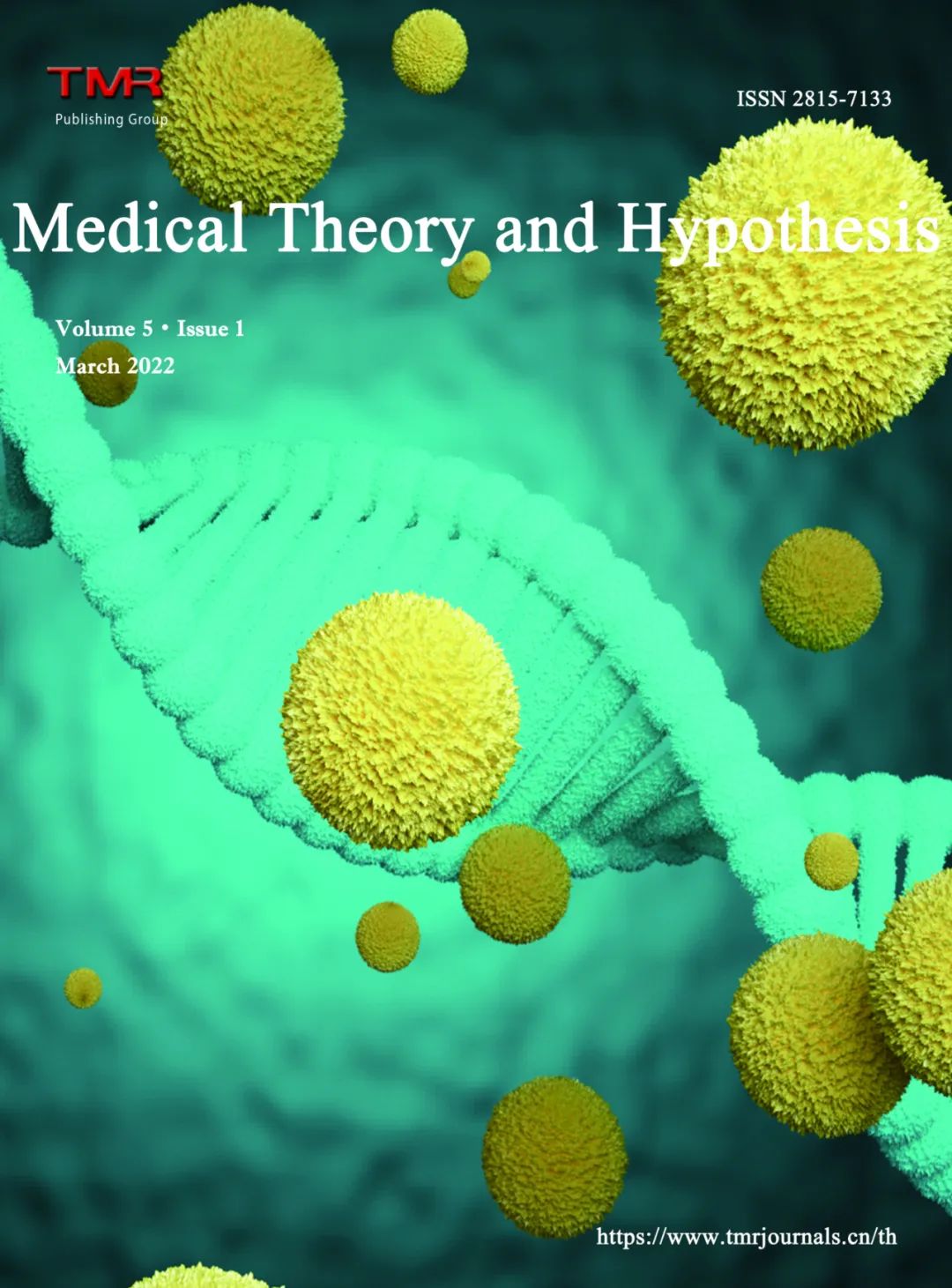
Medical Theory and Hypothesis
2022, Volume 5 Issue 1
Medical Theory and Hypothesis (ISSN 2815-7133),主要关注医学的理论研究和可行性假说分析,以开放的思维方式为医学提供新颖、激进的新想法和假设,补充医学的理论内涵和现代化研究方法,促进医学理论研究的进步与发展。目前已被ScienceOpen、Ingenta Connect、J-Gate、中国科技期刊数据库(CSTJ)、超星期刊数据库、Google学术搜索、知网空间和EuroPub收录。本刊特为优秀稿件开通快速发表的绿色通道,审稿1-2周,Online周期4周。
本期文章速览
1、从中药组方配伍的角度解析银翘散的临床意义
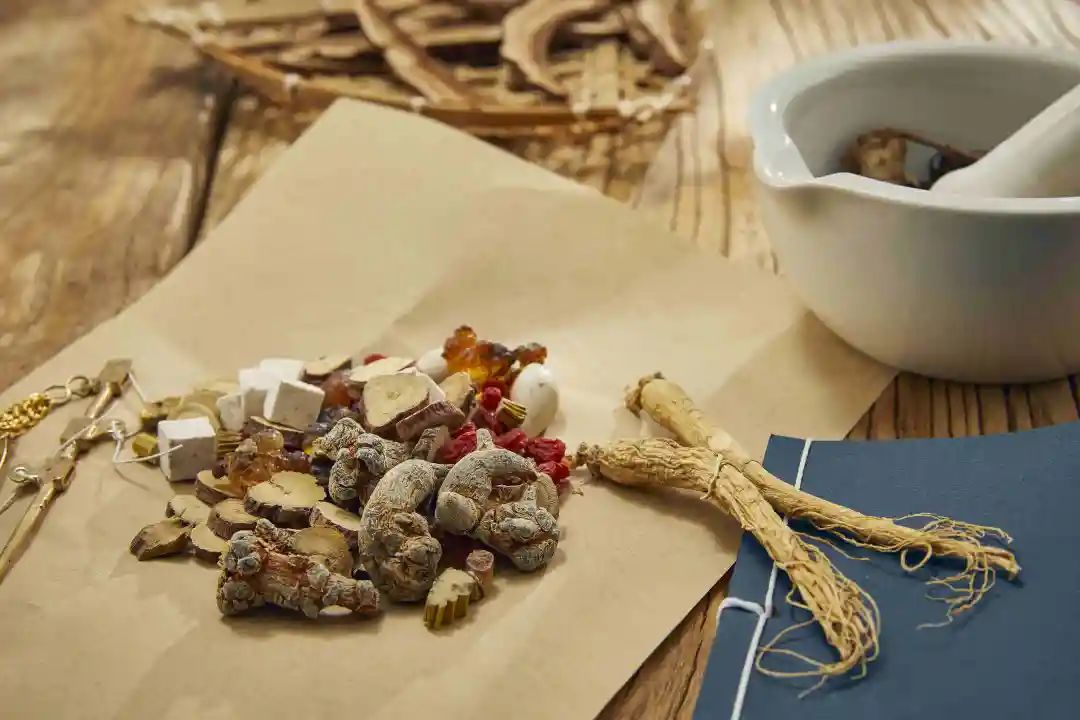
Yinqiao powder comes from the book Wenbing Tiaobian (Detailed Analysis of Epidemic Warm Diseases) written by Wu Jutong in the Qing Dynasty (1636–1912), in which it is mentioned that 'pungent-cool diaphoretic agent Yinqiao power is used to treat patients with fever, not aversion to cold but thirsty'. Yinqiao powder is often used to treat Wind-warm syndrome, warm-heat syndrome and miscellaneous diseases caused by some pathogenic factors in Wei-fen syndrome (Wei-fen syndrome is the syndrome name of the disease and is often used to indicate the initial stage of exogenous febrile disease, which is the syndrome of the body's guard surface.) and upper energizer. With the further research and application of Yinqiao powder, it is more and more widely used in clinic. This article summarizes the clinical application of Yinqiao powder through the analysis of the prescription meaning, compatible prescriptions, decoction methods and other aspects of Yinqiao powder in order to provide more evidence for clinical treatment of febrile disease. At the same time, through the prescription thinking of Yinqiao powder, we can learn Wu Jutong's treatment principle and academic thought of 'Shangjiao (Shangjiao is one of the three and is the upper part of the Sanjiao. Generally refers to the chest above the diaphragm, including the heart, lungs and throat.) is like a feather, not lightly'. Wu Jutong's flexible use of Chinese medicine and the thought of syndrome differentiation and treatment are also worthy of our study and reference.
2、基于湿热体质探讨男性不育的机制假说

Male infertility is a common and frequently-occurring disease in andrology clinics. Its pathogenesis and clinical symptoms are complex and changeable. The treatment of Traditional Chinese Medicine is mostly based on dialectical treatment. Modern physicians headed by Professor Wang Qi respected the theory of physique, combined body differentiation, disease differentiation and syndrome differentiation, and put forward a new diagnosis and treatment concept of 'quality differentiation and treatment'. Big clinical data has confirmed that there is a correlation between Damp-Heat (Etiological terms. It refers to a disease. The combination of heat and dampness.) physique and male infertility. In order to improve the therapeutic effect of male infertility due to Damp-Heat, through the differentiation and treatment of male infertility and the analysis of the theory of Damp-Heat physique, combined with the investigation and research results of Damp-Heat physique and modern doctors’ experience in the treatment of male infertility from the perspective of Damp-Heat. In summary, it is concluded that correcting the formation and development of Damp-Heat physique clinically has important clinical basis and therapeutic advantages for the prevention and treatment of male infertility.
3、基于DNA甲基化的分子亚型预测肾透明细胞癌患者的预后结局
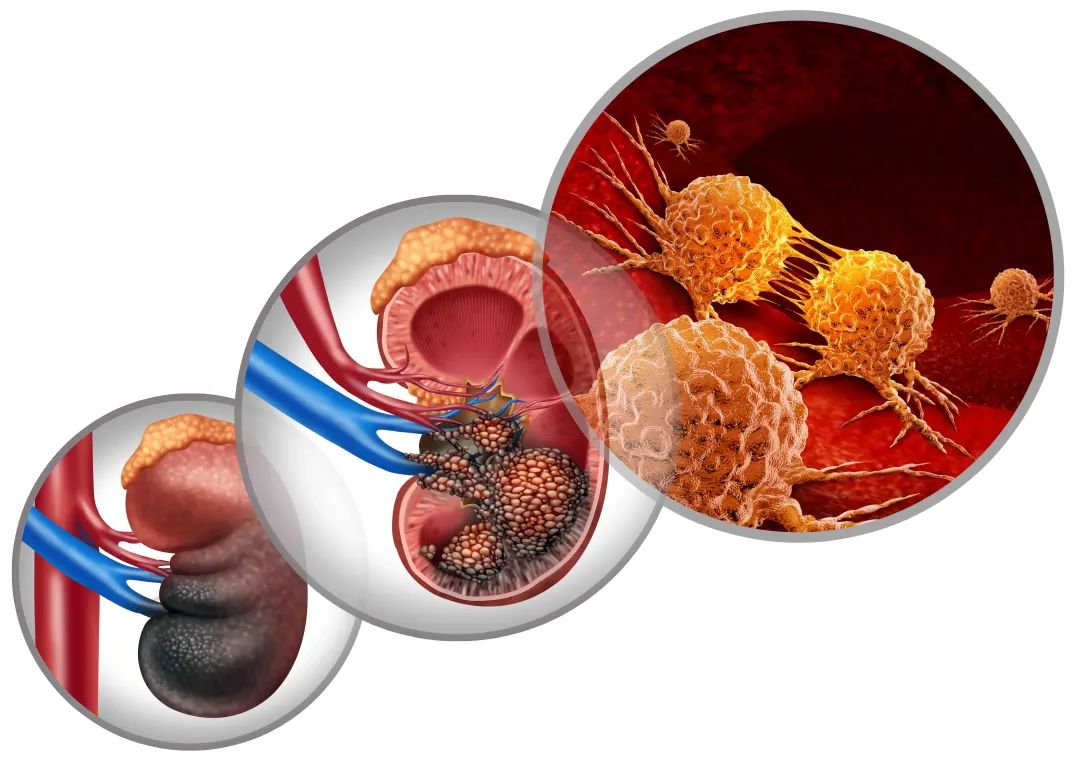
Background: Tumor heterogeneity is closely related to the occurrence, progression and recurrence of renal clear cell carcinoma (ccRCC), making early diagnosis and effective treatment difficult. DNA methylation is an important regulator of gene expression and can affect tumor heterogeneity. Methods: In this study, we investigated the prognostic value of subtypes based on DNA methylation status in 506 ccRCC samples with paired clinical data from the TCGA database. Differences in DNA methylation levels were associated with differences in T, N and M categories, age, stage and prognosis. Finally, the samples were divided into the training group and the testing group according to 450K and 27K. Univariate and multivariate Cox regression analysis was used to construct the prediction model in the training group, and the model was verified and evaluated in the testing group. Results: By univariate Cox regression analysis, 21,122 methylation sites and 6,775 CpG sites were identified as potential DNA methylation biomarkers for overall survival of ccRCC patients (P < 0.05). 3,050 CpG sites independently associated with prognosis were identified with T, N, M, stage and age as covariables. Consensus cluster of 3,050 potential prognostic methylation sites was used to identify different DNA methylation subsets of ccRCC for prognostic purposes. We performed functional enrichment analysis on these 3,640 genes and identified 75 significantly enriched pathways (P < 0.05). We then researched the expression of methylated genes in subgroups. Verifing with the training set, suggesting that DNA methylation levels generally reflect the expression of these genes. Conclusion: Based on TCGA database and a series of bioinformatics methods, We identified prognostic specific methylation sites and established prognostic prediction models for ccRCC patients. This model helps to identify novel biomarkers, precision drug targets and disease molecular subtypes in patients with ccRCC. Therefore, this model may be useful in predicting the prognosis, clinical diagnosis and management of patients with different epigenetic subtypes of ccRCC.
4、基于《脾胃论》探索总结人参功效与配伍应用规律
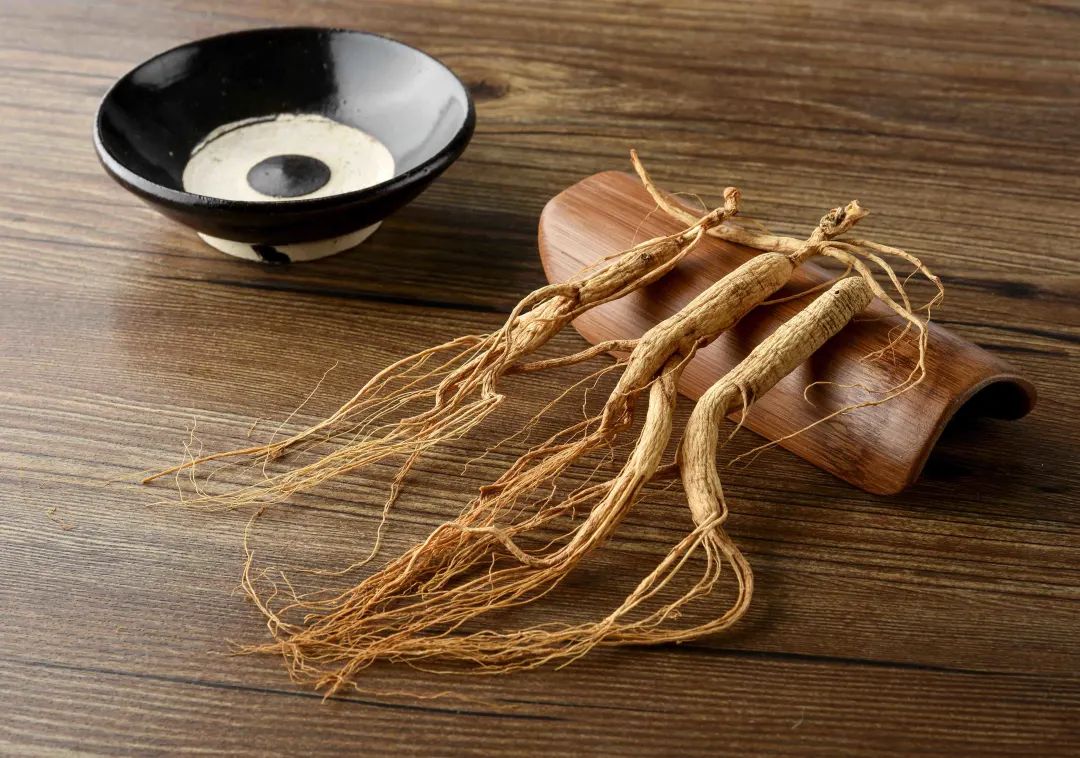
According to the original works of an ancient Chinese medicine book Treatise on Spleen and Stomach (Detailed Analysis of Spleen and Stomach Diseases; 1249 C.E.) written by Li Dongyuan (1180–1251 C.E), and related explanations of later physicians, the efficacy and application of Ginseng (Ginseng Radix et Rhizoma) in related prescriptions were investigated from the aspects of dosage, usage and treatment methods. Ginseng appeared in 27 named prescriptions, including 20 decoctions, 4 pill and 3 powder. In terms of dosage and usage, the common dosage of Ginseng is five points, mainly decoction. Most of the processing methods are 'Fuju' (Bite up the medicine with your mouth so it can be taken.) and decoction with water. In terms of treatment methods, Ginseng is used in the sweet temperature and heat removing method and Nourishes Qi and Eliminates Evils Method (build your body to cure disease) in Li Dongyuan's Treatise on Spleen and Stomach. Explaining Sweet Temperature Heat Removal Method (Use sweet and warm medicines to treat Qi-deficiency fever or Blood-deficiency fever; there are many reasons for fever, and cold and cooling medicines with heat-clearing effect are generally used for treatment. Use bitter cold medicine, so as not to consume the body's Yang.) takes Buzhong Yiqi Decoction (BYD) as an example, and explaining the Nourishes Qi and Eliminates Evils Method takes Mahuang-renshen-shaoyao decoction as an example. At the same time, Treatise on Spleen and Stomach matured in the Jin and Yuan Dynasties (1115–1368 C.E.). Its system of weights and measures, terminology and medical theory are quite different from those of modern Chinese medicine. Therefore, when researching the dosage, usage and treatment methods of Ginseng, we will explore the controversial points, and explain them by using modern Chinese medicine theory, so as to guide the clinical medication more accurately.
5、小儿痉挛性脑瘫中西医新近研究进展解析
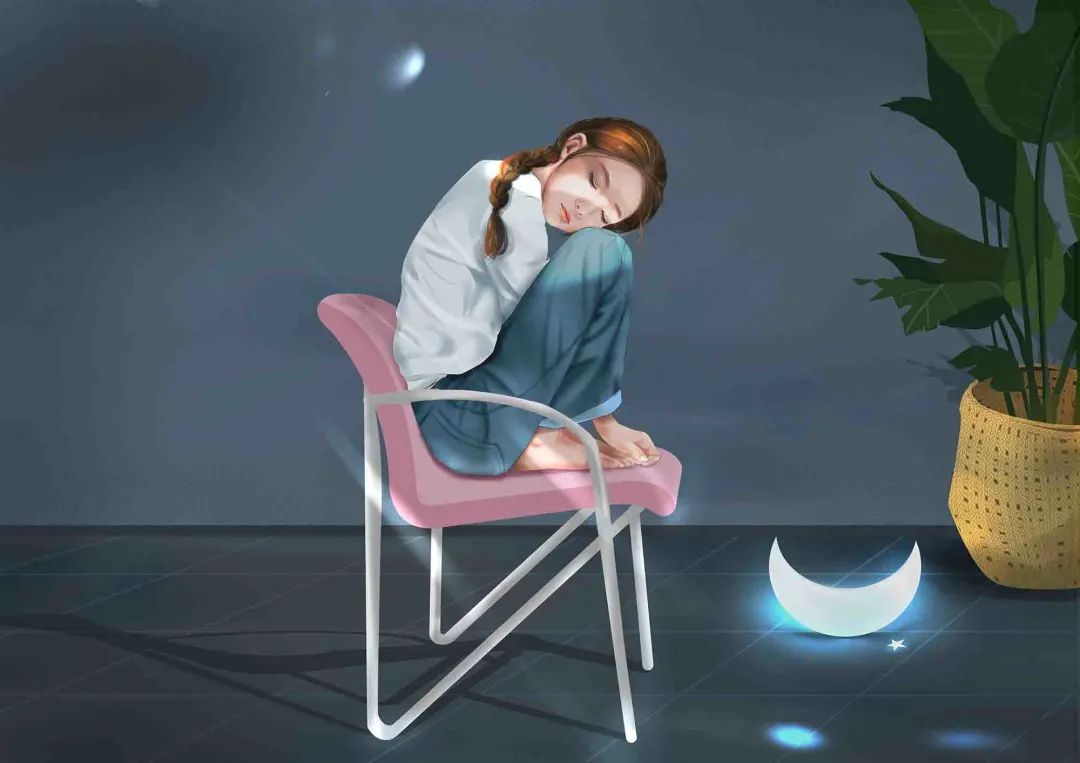
In recent ten years, with more and more children with spastic cerebral palsy appearing around us, relevant clinical research has also become a research hotspot. However, at present, there is no radical plan for the treatment of children with spastic cerebral palsy in the world. This study summarizes the latest progress of traditional Chinese and Western medicine in the treatment of children with spastic cerebral palsy in recent years, hoping to provide literature and theoretical basis for clinical and scientific research.
6、“提壶揭盖法”治疗闭经的假说探索
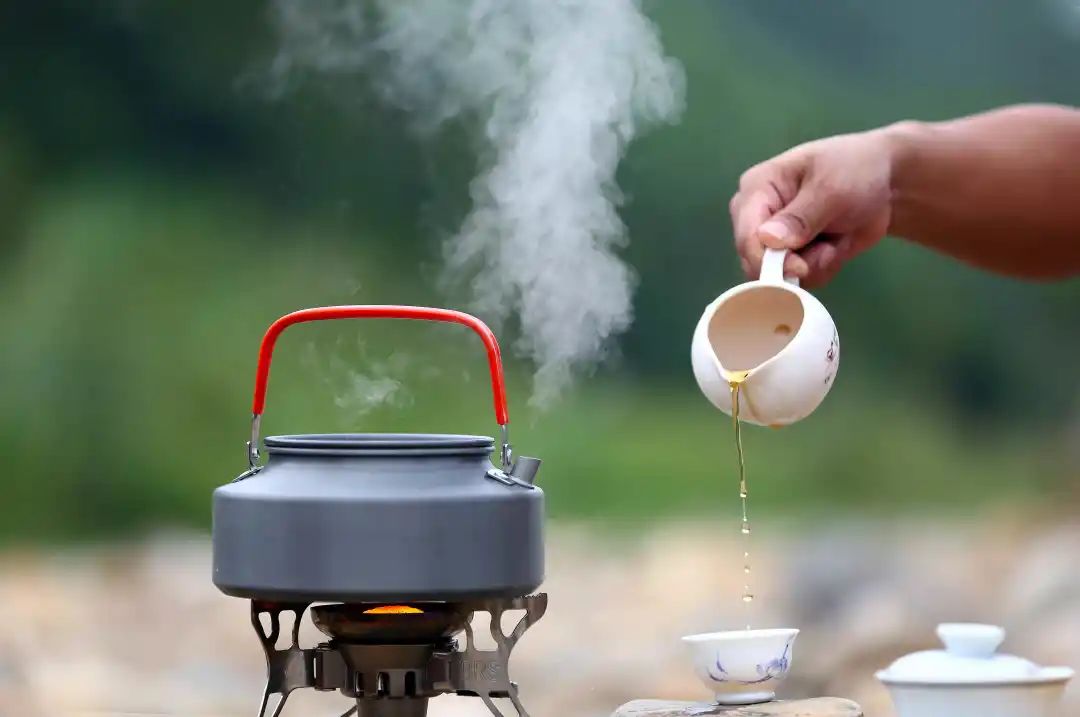
'Tihujiegai method' (lifting a kettle and removing its lid figuratively refers to a method of lifting the lung-qi to promote urination.), created by Zhu Danxi (1281–1358), who ranked among the era’s best doctors, is a metaphor for using 'Xuanfei method' (A method of promoting the dispersing function of the lung) or 'Tiqi method' (A method for treating Qi activity depression), which has been widely used later. The author consulted a large number of relevant essays and found that the 'Tihujiegai method' of amenorrhea was also effective. This study mainly discusses the treatment of amenorrhea method theoretically, and opens up ideas for clinical application.